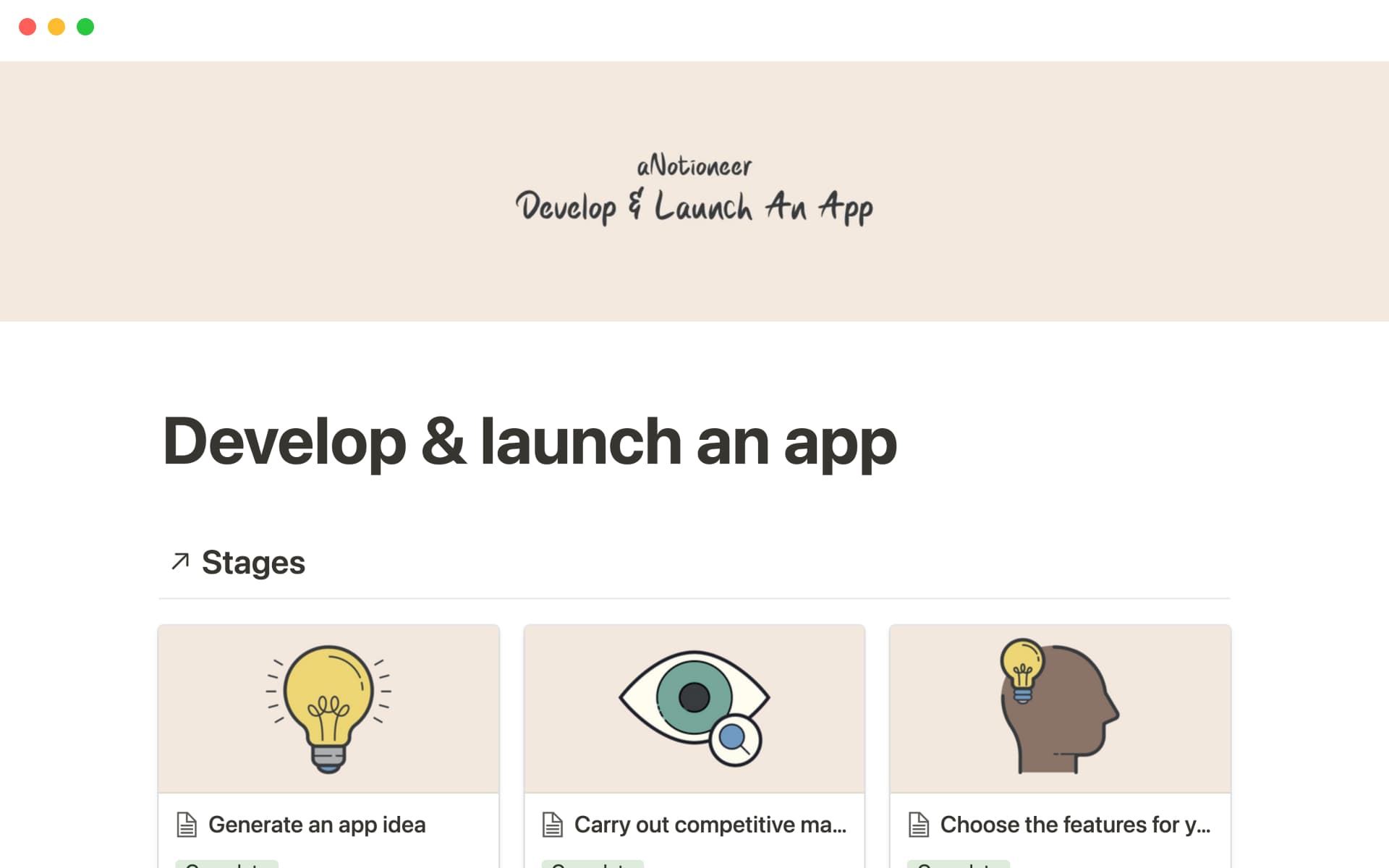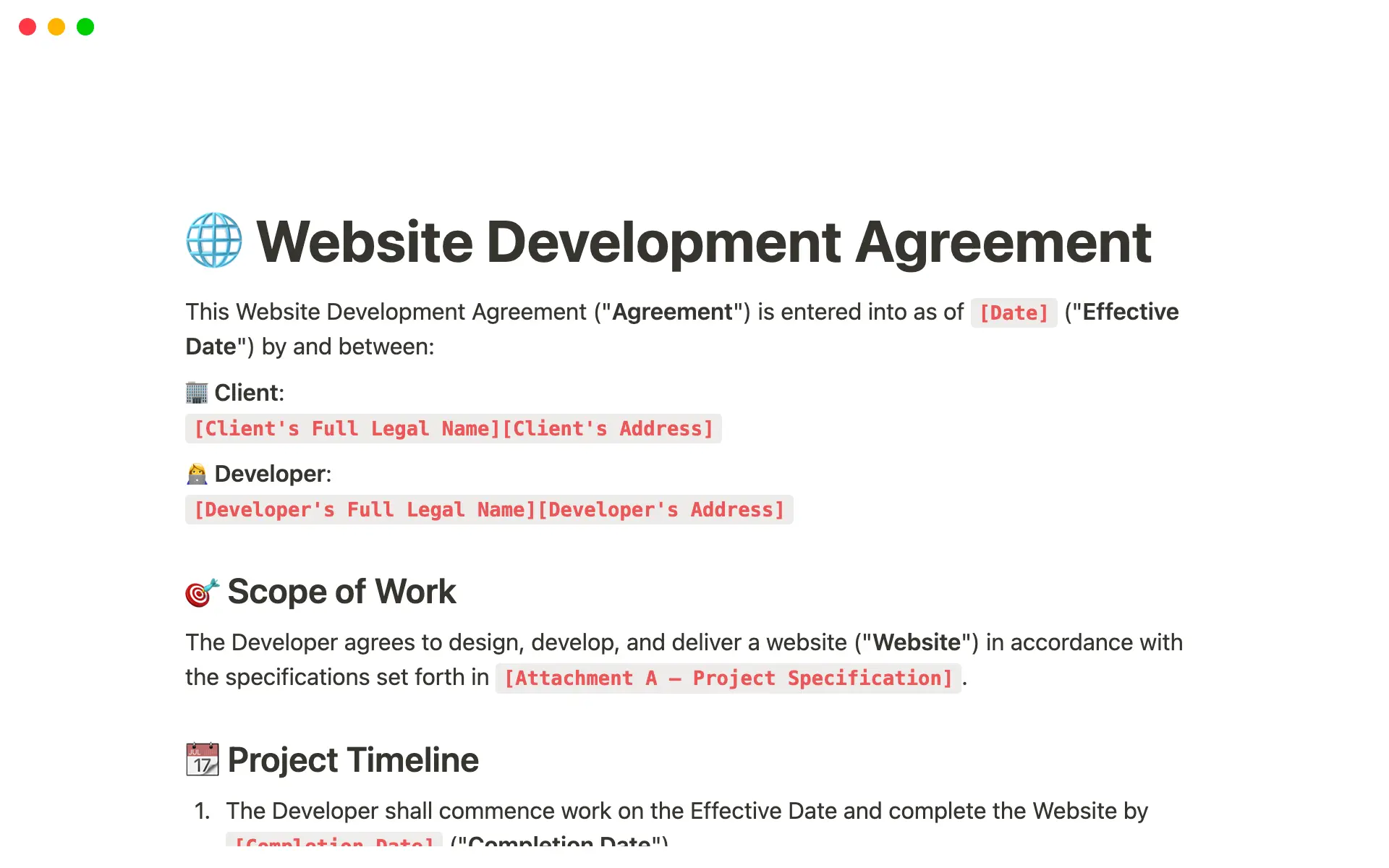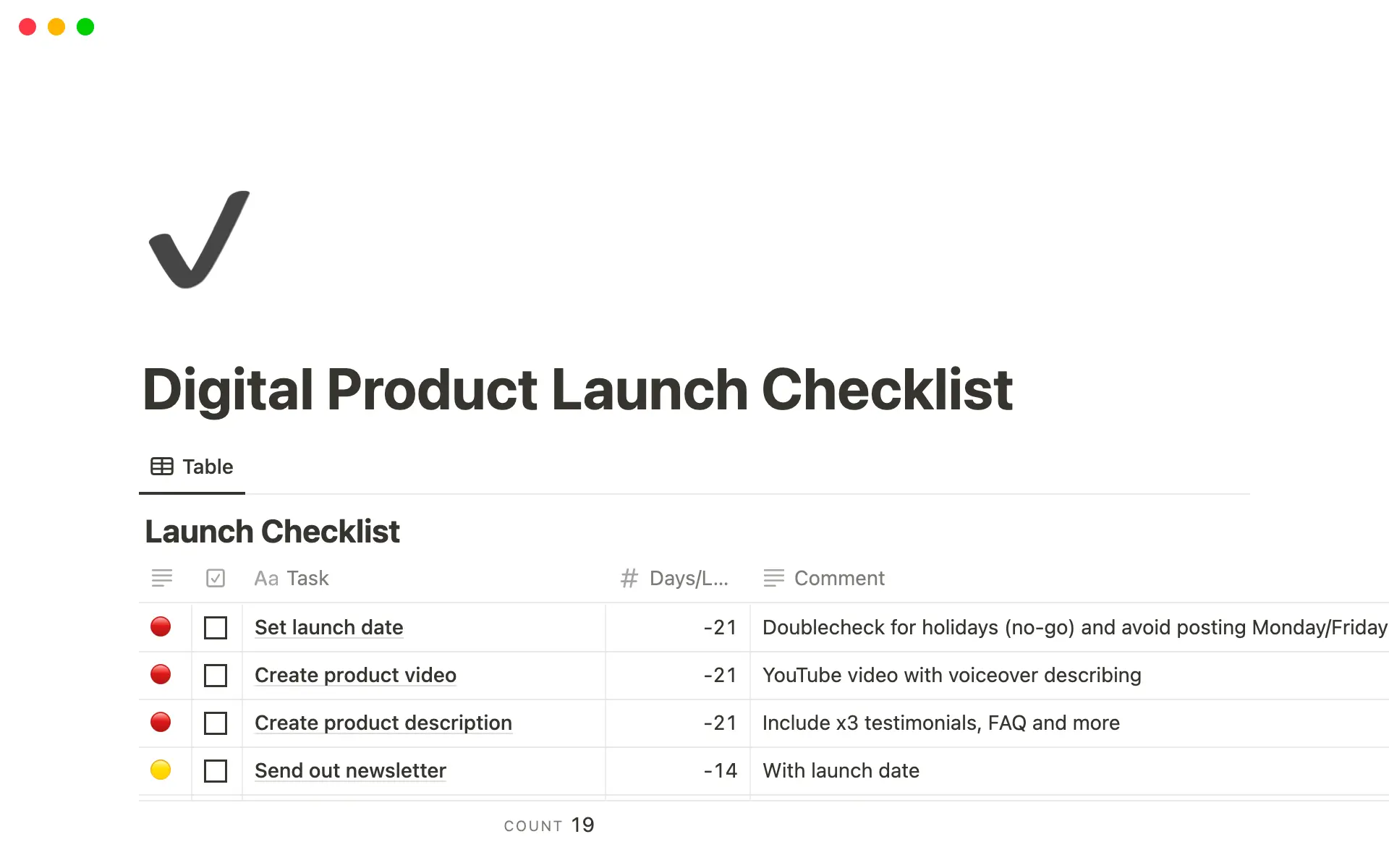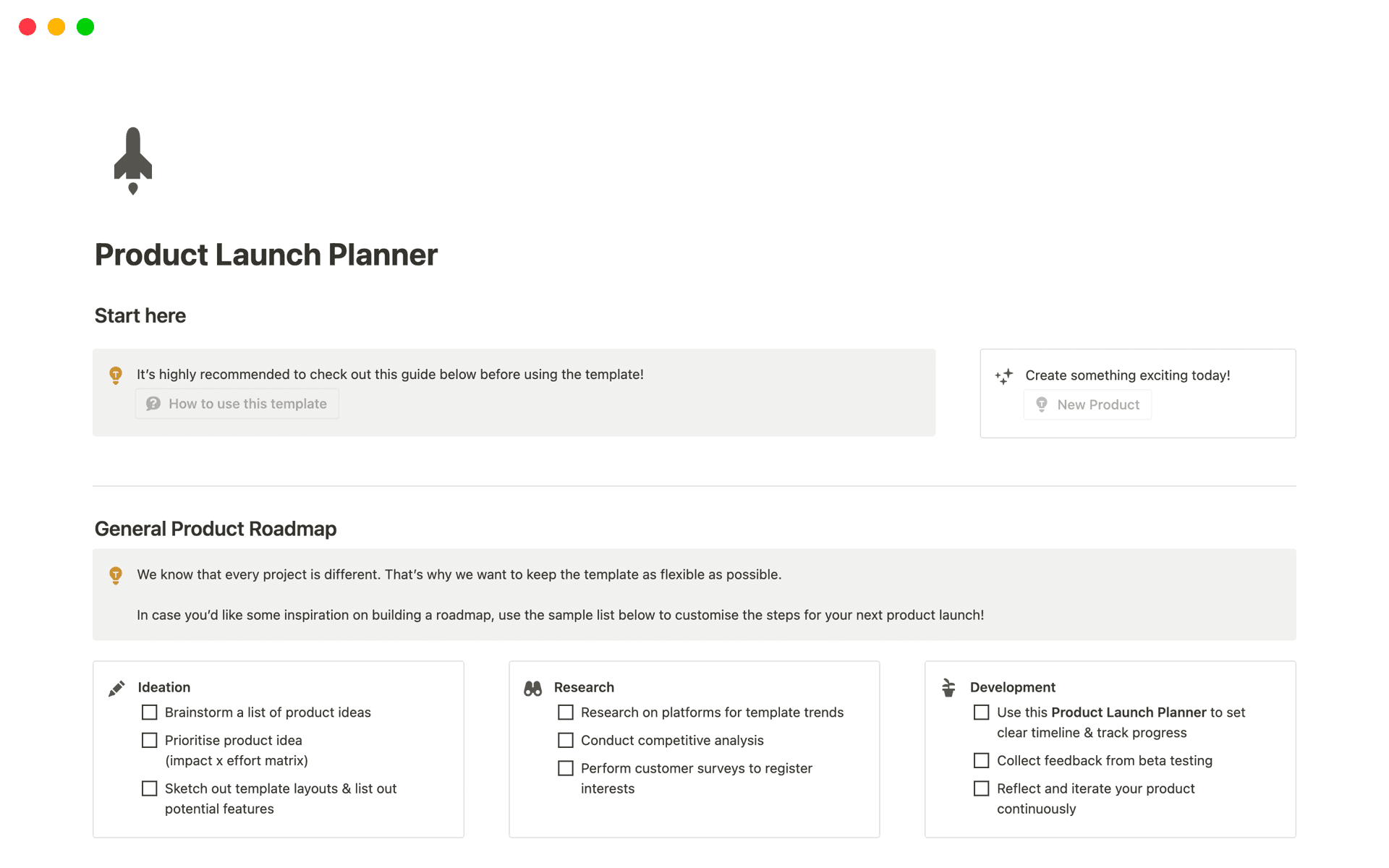After thoughtfully designing and crafting a website, it’s tempting to hit “Publish” as soon as possible. We get it — you’re excited to showcase your hard work to the world.
But before going public, checking off a website launch checklist is crucial. So many factors go into a successful site — one that engages visitors and encourages action — and missing even one item might make or break your site’s visibility and usability.
Whether you’re a marketer, developer, or freelancer, hit every mark by checking off each item on our launch list.
Why use a checklist for building a website?
As experienced as you might be with site building, it’s unlikely that you’re knowledgeable in every area — like user experience (UX), responsiveness, and search engine optimization (SEO). These checklists encourage you to be a perfectionist about your site, considering everything from back-end issues like cybersecurity and user permissions to front-end factors like strategically placed buttons.
For instance, if you’re developing an app, working with a guide like Notion’s develop and launch app template ensures you tick all the boxes. This means you can avoid potential launch hiccups like your app not loading correctly on mobile devices or an unreadable font. These sorts of mistakes might cost you initial visibility, turning potential clients away from your site.

Our 15-item website launch checklist
Don’t miss a beat — enjoy instant launch success by dotting your i’s and crossing your t’s with this 15-step website checklist. Consider working with fellow professionals like UX and marketing experts to strategically complete each item.
1. Proofread every piece of content
Check everything — from articles to headlines and captions — to remove any errors. Even minor grammatical slip-ups can make your site seem less authoritative, and you showcase your professionalism and attention to detail when ensuring everything is clear and concise.
2. Use high-resolution images
Replace placeholder or low-resolution images with the final, high-quality graphics. And add a favicon to your website. This tiny emblem in the browser's tab bar plays a significant role in helping users identify and return to your site.
3. Align content with your brand identity
Edit the site’s narrative, style, and tone, syncing it with your brand. You want your site to instantly portray what you offer and stand for to build brand recognition and awareness.
4. Ensure design element consistency
Confirm that aspects like typography, color schemes, and overall styling adhere to your brand's established guidelines to maintain consistency. Select a web-compatible font that’s easily legible on various devices, as this detail significantly improves user accessibility.
Ensure your homepage is inviting, featuring distinct calls-to-action (CTAs), engaging content, and intuitive navigation. And remember to create and submit a sitemap to search engines. This step provides better website indexing to enhance search engine visibility.
5. Examine the user’s experience
With your website type top of mind, consider the site’s layout, color combinations, and graphic elements to optimize them for your target audience. You want to balance aesthetically appealing content with functionality to offer an engaging and frictionless experience across desktops and mobile devices.
6. Make security a priority
Enforce password protocols and use secure vaults for storing sensitive login information. Then install an SSL certificate on your site to encrypt data transmissions. These precautions are vital in safeguarding against data breaches, maintaining user confidence, and upholding the brand's reputation.
If you use a content management system (CMS) like WordPress or HubSpot, assign the appropriate user access levels. To define clear boundaries and expectations between clients and developers, use Notion’s website development agreement template.

7. Conduct an in-depth SEO review
Review all meta descriptions and tags, keywords, and indexing options to ensure your pages appear correctly to search engines. Test links and redirects, resolving any 404 errors. Keep all themes and plugins updated, and eliminate any extra plugins that might hinder site speed.
To boost search engine rankings, prioritize keyword optimization on each page, paying extra attention to blog posts. This involves conducting keyword research to leverage your target audience’s search habits, integrating these keywords throughout your site.
8. Execute rigorous stress testing
Stress testing is an integral part of any product launch checklist — including when that product is a website. This process identifies vulnerabilities you can address to ensure your site remains fully operational during high-traffic periods.
Confirm that all plugins are current and operational, as obsolete ones can introduce security vulnerabilities. And undertake page speed analysis to guarantee your site loads promptly to avoid delays that significantly increase visitor bounce rates.
9. Check mobile responsiveness
A critical aspect of a web accessibility checklist is verifying mobile responsiveness on various devices. You may need to adjust content layouts and site functionalities for mobile users.
10. Explore website load speed
Use an online tool to test your site’s load speed across devices and in various scenarios. Once your site is up and running, keep a close eye on the bounce rate via your analytics tool. A high bounce rate often suggests slow loading times.
11. Review website navigation
Conducting a thorough review of the user journey is essential when building and publishing a website. Refine elements like menus, buttons, and link strategies to make the browsing journey more intuitive and user-friendly.
12. Test all forms and CTA elements
Begin with basic submission tests for all forms and CTAs on your site. Address any issues encountered, ranging from technical form glitches to ambiguous CTA prompts. And verify the functionality of essential communication tools like the “Contact Us” form, ensuring that submissions are appropriately routed to the appropriate email address.
13. Implement analytics tracking
Confirm website ownership within Google Search Console and consistently monitor your site’s performance in Google search results. You can create custom reports in Google Analytics to view critical performance areas you care most about.
Pay particular attention to user interaction metrics post-launch, including engagement, bounce, and conversion rates. These details showcase your site's immediate performance and inform strategic adjustments.
14. Check for broken links
Consider using built-in site hosting tools to check for broken links, revising any breaks to improve user accessibility and your search engine ranking.
15. Prepare for post-launch feedback
Before publication, craft a detailed post-launch task list outlining activities regarding gathering and analyzing user feedback. And incorporate an “opt-in” site feature that prompts visitors to subscribe to your email list, facilitating continued interaction and marketing prospects following launch.
Check out Notion’s product launch checklist to learn more about how to launch a website — or really any new product.

How to announce your launch
Once you’ve checked every box above, it’s time to build audience excitement before hitting “Publish.” Here are a few engagement-encouraging techniques to try out:
Generate excitement — begin promoting your new site a few weeks before the official launch with sneak peeks, countdowns, and behind-the-scenes glimpses to build anticipation.
Leverage social media — schedule posts across all social platforms to reach a broader audience. Tailor your content for each platform, use platform-specific features such as Instagram Stories and Twitter polls, and engage influencers to amplify your message.
Offer a promotion or event — give out special promotions or limited-time offers to the first visitors or host a virtual tour or webinar detailing the site’s features.
Email current subscribers — send followers an email announcing the launch, emphasizing new features and content they can expect.
Sustain promotion over the following weeks — continue promoting the new site with regular updates, success stories, and new content additions. Try Notion’s product launch planner to define and schedule important tasks like sending out promotional email campaigns and posting socials that offer site visitors a discount.

Let Notion be your launchpad to success
There are a million things to remember when launching a new site — but you don’t need to go it alone.
Notion offers thousands of customizable templates for every product launch situation. Sign up today and search the template gallery for something that perfectly suits your needs.







